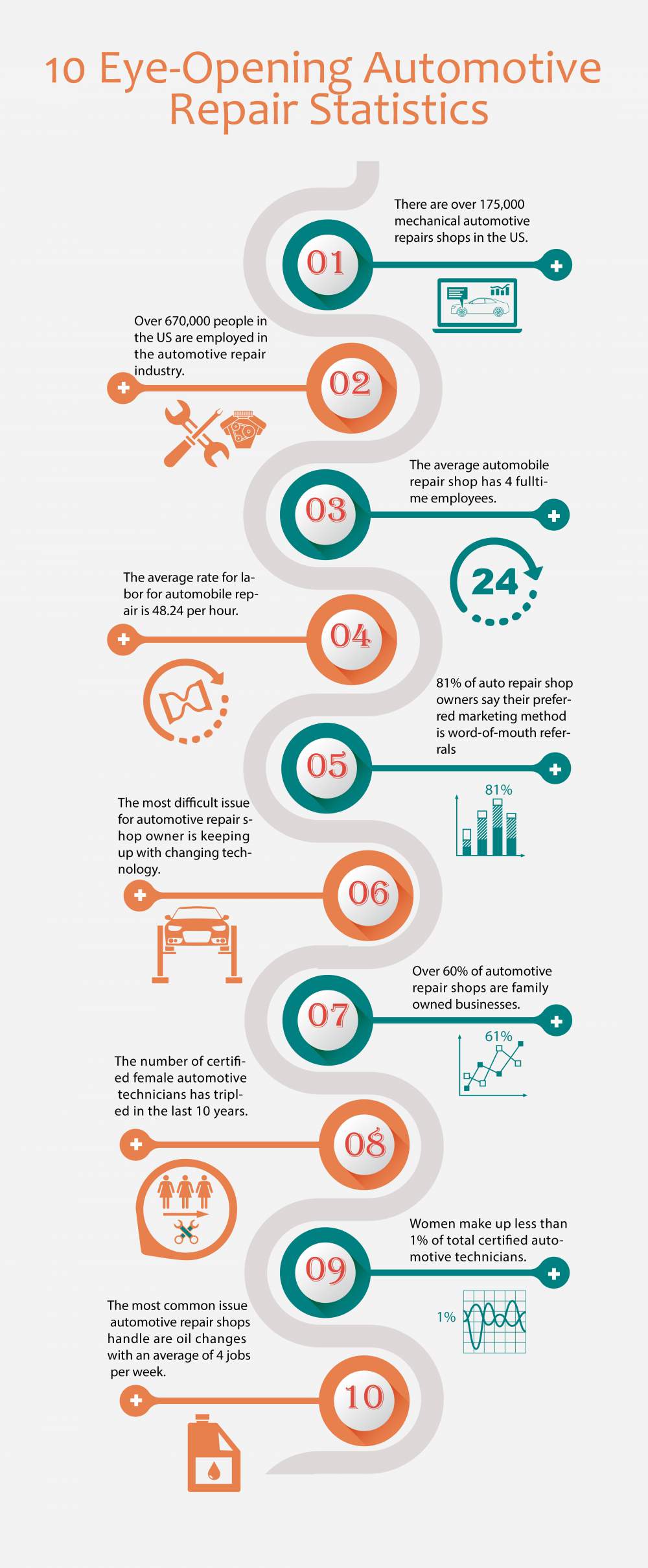When you lag the wheel, those beautiful warning lights on your dashboard can be a little bit puzzling. Do you recognize what they're trying to inform you concerning your automobile's health and wellness? Recognizing the significance of these lights is important for your safety and the longevity of your automobile. So, the following time one of those lights turns up, would not you intend to understand its message accurately and take the necessary actions to address it?
Common Warning Lighting and Interpretations
Identify usual warning lights in your automobile and understand their meanings to make certain risk-free driving.
The most common caution lights include the check engine light, which signifies concerns with the engine or discharges system. If this light begins, it's crucial to have your car inspected immediately.
The oil stress advising light indicates low oil stress, needing immediate attention to prevent engine damages.
A flashing battery light could recommend a faulty billing system, possibly leaving you stranded if not resolved.
The tire stress surveillance system (TPMS) light alerts you to reduced tire pressure, influencing lorry security and gas efficiency. Disregarding this could lead to risky driving problems.
cardetailingnearme shows a problem with the anti-lock stopping system, jeopardizing your capacity to quit promptly in emergencies.
Last but not least, the coolant temperature level advising light warns of engine getting too hot, which can lead to serious damage if not solved swiftly.
Recognizing these typical caution lights will aid you resolve concerns promptly and preserve secure driving conditions.
Significance of Prompt Focus
Understanding the common warning lights in your cars and truck is just the initial step; the importance of quickly resolving these cautions can't be highlighted sufficient to ensure your safety and security when traveling.
When a warning light brightens on your dashboard, it's your vehicle's means of interacting a possible problem that requires focus. Ignoring these warnings can cause a lot more severe troubles later on, compromising your safety and possibly costing you a lot more out of commission.
Prompt focus to advising lights can stop breakdowns and crashes. As an example, a flashing check engine light could indicate a misfire that, if left ignored, could cause damage to the catalytic converter. Resolving this without delay can conserve you from a pricey repair service.
Likewise, a brake system warning light might signal reduced brake liquid or worn brake pads, vital elements for your safety and security when driving.
DIY Troubleshooting Tips
If you discover a caution light on your dashboard, there are a couple of do it yourself troubleshooting tips you can attempt prior to looking for expert help.
The primary step is to consult your automobile's handbook to recognize what the certain caution light suggests. In some cases the problem can be as easy as a loose gas cap setting off the check engine light. Tightening up the gas cap may resolve the trouble.
An additional typical issue is a reduced battery, which can activate different cautioning lights. Examining the battery links for corrosion and ensuring they're safe and secure could fix the problem.
If a caution light lingers, you can attempt resetting it by detaching the vehicle's battery for a few mins and afterwards reconnecting it. Furthermore, inspecting your car's liquid degrees, such as oil, coolant, and brake fluid, can aid fix advising lights connected to these systems.
Verdict
Finally, understanding your vehicle's warning lights is vital for maintaining your vehicle running efficiently and securely. By immediately attending to these alerts and recognizing what they imply, you can avoid pricey repairs and potential breakdowns.
Bear in mind to consult your car's handbook for particular details on each warning light and take action accordingly to make certain a hassle-free driving experience.
Stay educated, stay marine cleaning services -free when traveling!
